Proserpina: Goddess of the Seasons and Queen of the Underworld
In Roman mythology, the goddess Proserpina, also called Persephone in Greek mythology, carries dominion over the nature of the seasons…
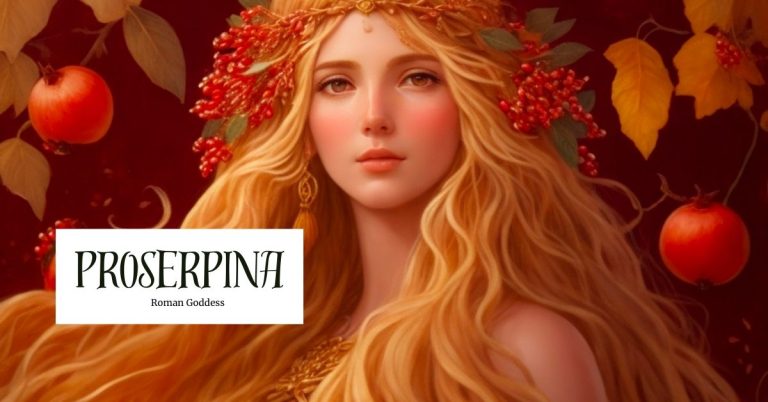
In Roman mythology, the goddess Proserpina, also called Persephone in Greek mythology, carries dominion over the nature of the seasons…
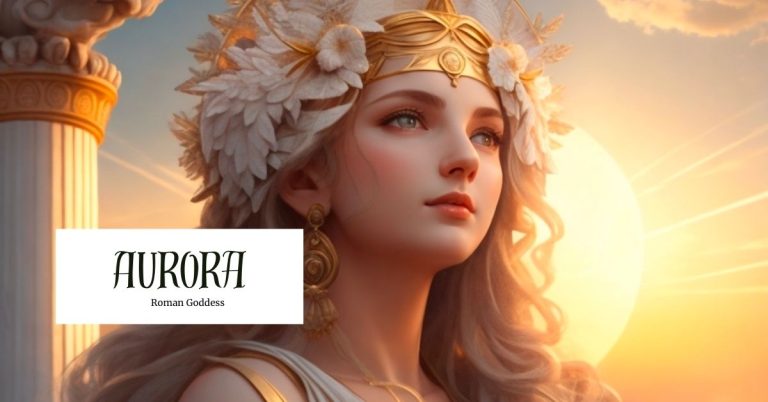
The goddess Aurora has long been revered for her role as the bringer of dawn. In ancient Roman mythology, her…
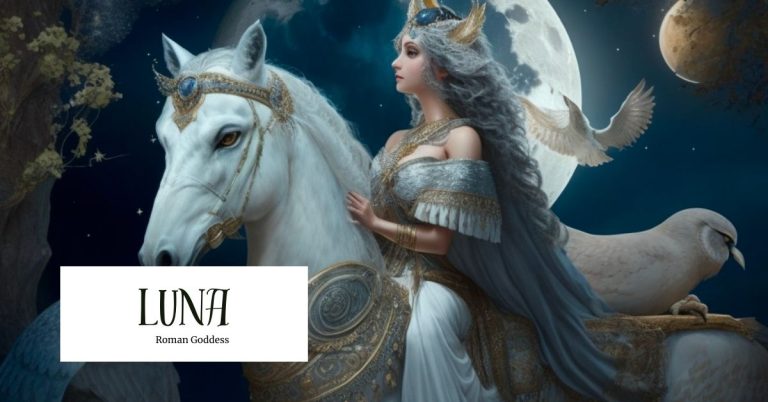
Amidst the intricacies of Roman mythology, the goddess Luna emerges as a radiant and enchanting figure, drawing admiration for her…
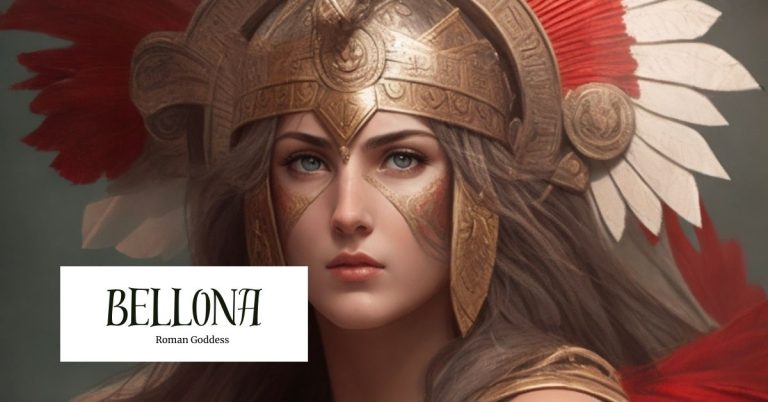
The Goddess of War, Bellona, holds a commanding and unyielding presence in Roman mythology, embodying the essence of war and…

Deeply ingrained in the hearts and minds of the ancient Romans was Fortuna, the goddess of destiny, luck, and fate….
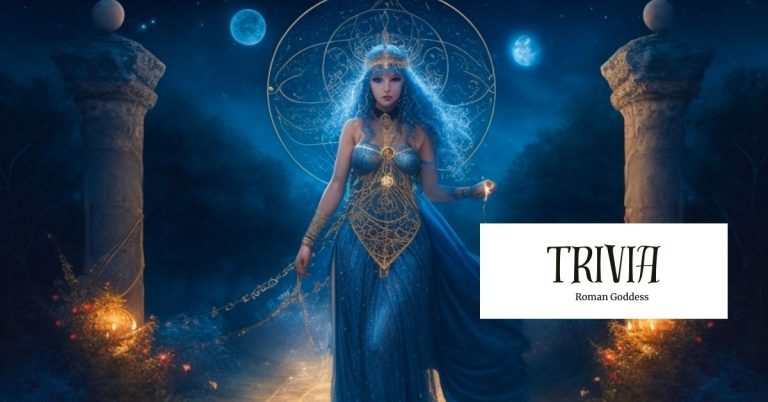
Within the extensive tapestry of Roman mythology exists a deity of unparalleled complexity and fascination known as Trivia. This mysterious…
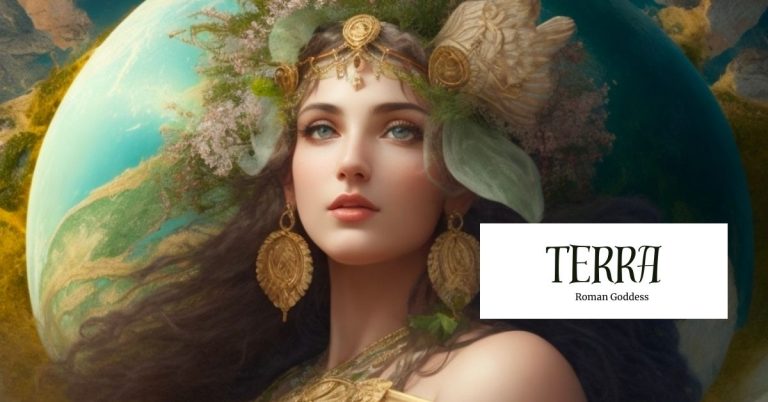
Terra, the Roman goddess of the Earth, represents a captivating and transcendent presence within Roman mythology. Symbolizing the profound connection…
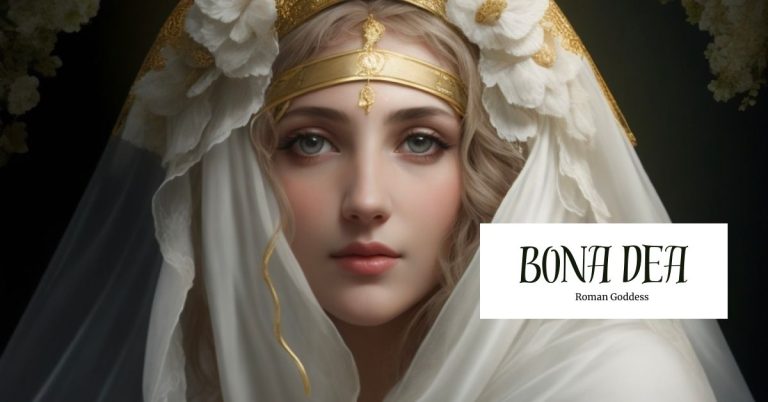
Bona Dea occupied a unique and enigmatic realm within the extensive and intricate pantheon of ancient Roman deities, thus earning…
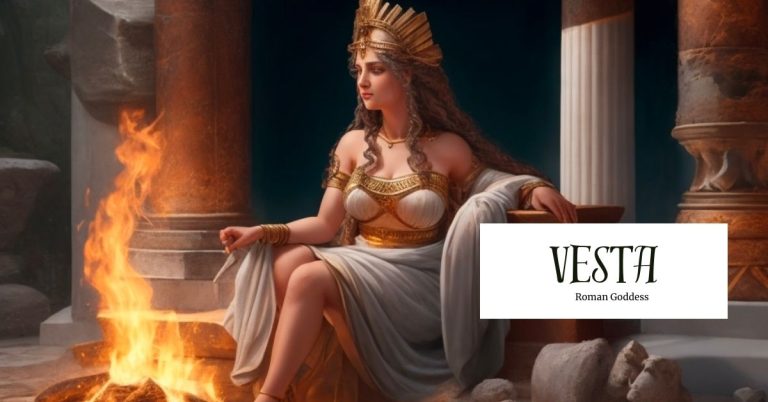
In ancient Roman mythology, the Goddess Vesta held a position of utmost respect and veneration. As the protector of the…
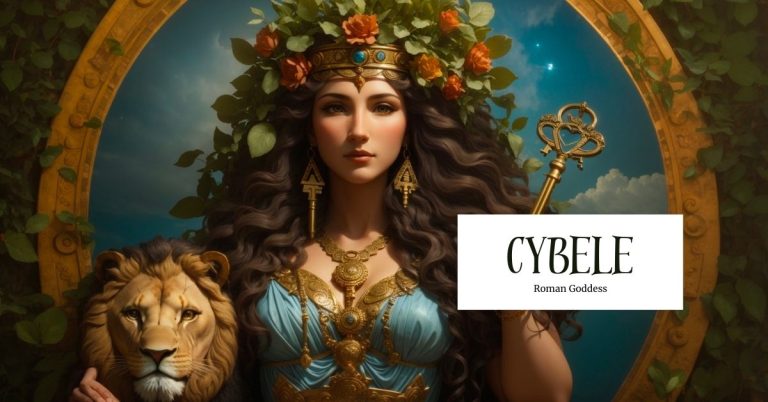
Cybele, the Roman goddess of fertility and nature, holds a place of profound intrigue and enigma within ancient mythology. With…